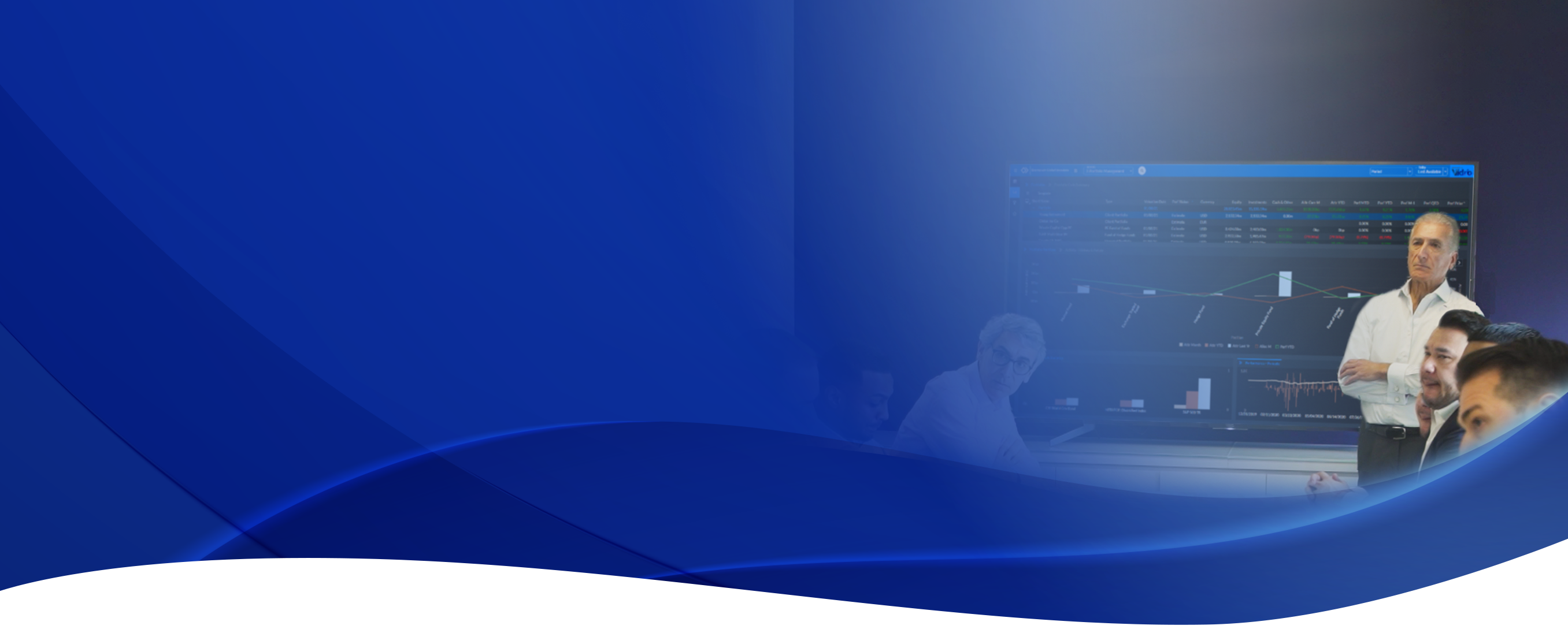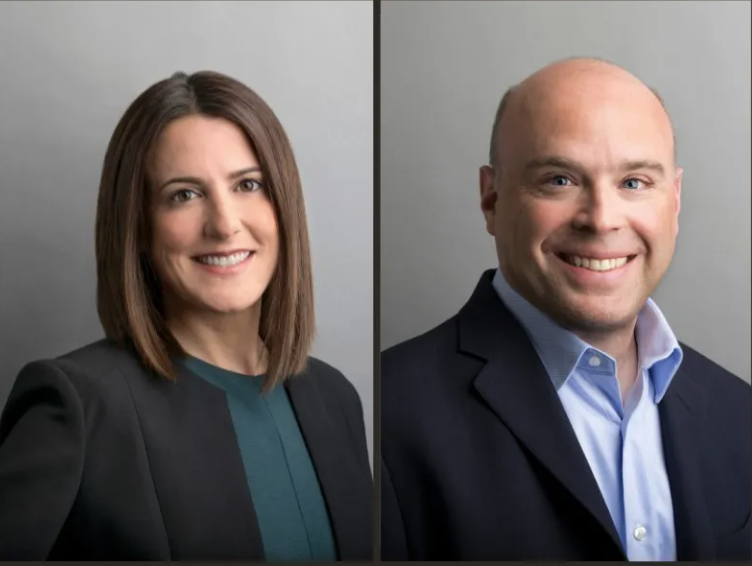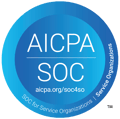What do OCIOs and those that are evaluating an OCIO-investor relationship need to be on the lookout for in today's market? Vidrio Financial breaks down some of the trends we're seeing and how discussions are evolving for OCIOs given growing portfolio complexity.
By: David Barry, Marketing Director, Vidrio Financial
It’s no secret that the role of an Outsourced Chief Investment Officer (OCIO) is evolving given the current state of the market and the increased complexity of alternatives. Many investment teams want to focus more time on strategy and achieving their goals, and there are clear benefits that an OCIO can bring to an organization to help streamline the operations. With this streamlining effect, it’s no wonder that the OCIO model is managing close to $3 trillion in institutional assets with another trillion is expected to be added by 2026, provided the estimates below.
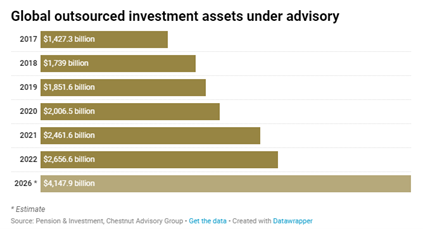
What is an OCIO?
Simply put, OCIOs are an extension of the asset owner where certain investment management decisions are “outsourced” to a third-party. This can help to alleviate day-to-day tasks so the investment owners can get back to their mission and strategic objectives. Other reasons that lead to a strategic partnership with an OCIO can include cost savings, reduced bandwidth across the asset owner organization, a second set of eyes that shares fiduciary responsibilities leading to quicker investment decisions (the cutting of red tape), and improved risk management. In some cases, asset owners may not be fully versed in a particular asset class that is gaining ground across multi-asset portfolios (Private Credit, anyone?), and this presents the perfect opportunity to outsource those efforts to a given provider.
The Vidrio Financial Impact on Portfolio Transparency and Governance
Vidrio’s high degree of transparency is present in everything that it does today, providing investors with the right tools to make accurate allocation decisions. When evaluating OCIOs, investors need this same, high level of transparency in determining the quality, investment style, bandwidth, decision making in volatile times, fee to service level ratio, and more. Investors need to be able to compare OCIO performance against various benchmarks, both before and after any rebalancing efforts take place across the portfolio they’re about to manage.
Vidrio can assist both investors and OCIOs by offering standard industry benchmarks, and benchmarks from providers like Bloomberg, Eurekahedge, HFR, Moringstar and Preqin. OCIOs can also configure their own blended benchmarks which are then automatically maintained by the Vidrio platform. Vidrio transparency also extends across the following:
- Improvements for more uniform data collection and organization of all portfolio and fund data under a single platform. Capturing data examples including Manager Letters, AUM, Detailed Fund Terms, Exposure/Risk, LP Agreements, ADV’s, ILPA reports for Private Market Coverage, Loan Level Detail in Private Credit, IRRs, cashflow analytics, capital call distribution notices, manager statements, trade orders, and more.- Enhanced shadow accounting that keeps accurate records and portfolios up to date.
- Configurable client portals with advanced level communications and reporting.
Based on recent interviews, a typical OCIO engagement can last as long as ten years, however most are reviewed every three and replacements may be needed even if performance remains positive. Poor portfolio performance will most certainly spell doom for any OCIO engagement, however it’s not the main reason that is most often cited for the end of any engagement. Most often, the reason for separating from an OCIO is a lack of communication between the OCIO and investment team. This resonates quite well here with the team at Vidrio, and a leading reason why we developed individualized client portals, and advanced level communications and reporting, to assist in creating seamless communication workflows.
Last year, we noticed our communications between clients grew (conservatively) by 20%. This led the team to develop and further expand Vidrio’s Client Solutions Group. This group helps to ensure that we respond to clients, like OCIOs, and provide more enhanced touchpoints for their immediate growth and success. You can read more about the growth that we’ve seen in the last year in our recap here.
Isn’t Governance a Nicer Way to Categorize a CYA Strategy?
“Time is what we want most, but what we use worst”, William Penn.
This quote is certainly accurate when considering the amount of time that investors use when it comes to governance. On average, many allocators spend less than a full day on investment policies and overall allocation updates during quarterly board meetings. To make matters worse, some of these board seats may not always incorporate full-time investment professionals that understand performance expectations and goals. In a world now full of ESG demands, net zero updates, SEC transparency, and more, OCIOs are becoming more in demand to help manage these types of governance inquiries and policies. How does an OCIO work with a fiduciary to go beyond any CYA strategy, and how does a platform like Vidrio Financial assist in an OCIOs success rate?
The first step is helping the OCIO client organize, track, and maintain investor allocation policies against strategies and asset classes. Allocation targets inside Vidrio, are set at specific milestones with automated guidance flagged to notify the OCIO of any warning or violation of overallocation or under allocation to a given asset class. Notifications are highly configurable and can be set up pre-trade, within the trade process workflow, or even post trade.
The second step is investment due diligence, which is a core ability inside Vidrio and includes several templates that OCIOs can leverage to help score attributes against managers and investments. Data that is tracked consists of current fund managers assessment, redemption reviews, diligence ratings, fees and more. Through workflow reporting, OCIOs can note where they are in the diligence process, where bottle necks may exist, and then develop solutions to help streamline the process.
No OCIO engagement would be complete without multi-asset class portfolio monitoring and valuations to optimize asset allocations in comparison to the goals and objectives of the investor client. Vidrio provides the best-in-class tools and reporting dashboards to help OCIOs manage volatility and risk through reporting including, liquidity forecasting, cash ladders, time series risk, position-based risk, and more. This is especially important to an allocator client, as navigating alternatives is even more complex coming out of the COVID-19 pandemic and into these volatile markets. As stated above, not every allocator board has multi-asset class investment expertise, nor can they commit the time to analyze market movements to the degree that the OCIO model can provide. OCIOs help to guide those discussions so values in the portfolio are maintained against the fiduciary principles that are in place.
Finally, OCIOs need to be able to monitor both the best- and worst-case environments for performance and how those movements could impact the portfolio without placing additional burdens on the investor-client. Being flexible in volatile markets allows OCIOs to adapt and take advantage of opportunities from a market downturn while balancing that with overall risk to the longer-term strategy. In Vidrio’s world, this begins by OCIOs leveraging our platform to capture any historical and ongoing documents around performance, AUM, fund documents (newsletters, risk reports, capital calls, distributions), fund terms, and more across a multi-asset class portfolio. Simulations can also be run inside the portfolio by the OCIO and shared to the asset owner through a custom portal, further improving communications during any market crisis.
Volatility, inflation, and other market forces will be with us for a bit longer making OCIOs more attractive for institutional investors that are looking to off-load some of their tasks and regain their strategic brainstorming time. If you’re an OCIO and would like to learn more about Vidrio Financial, and how we’re providing a single technology platform to innovate transparency, governance, risk, and advance portfolio monitoring challenges, then please reach out to our team to learn how we can assist you.

